Egyptian Mythology
-
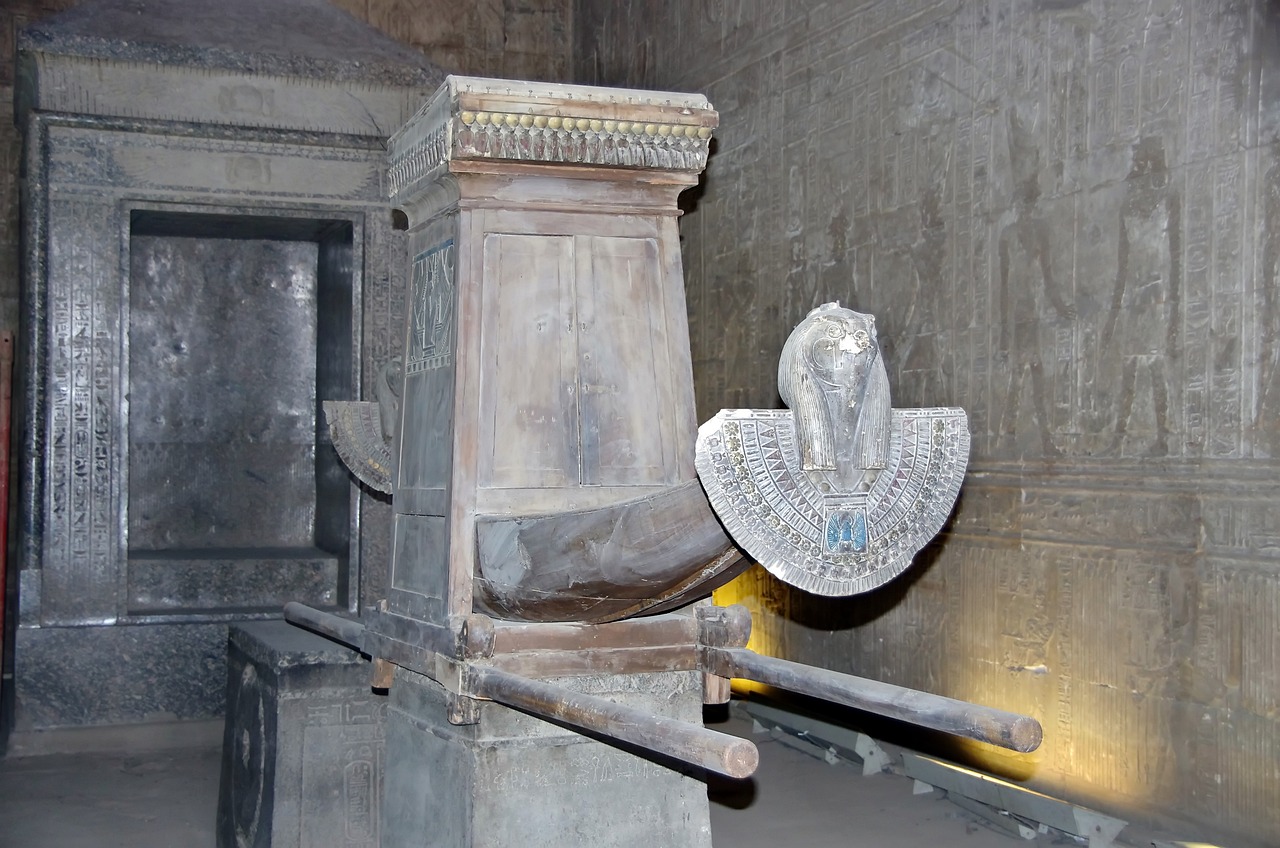
Ancient Egyptian belief systems, encompassing indigenous practices from the pre-dynastic era (4th millennium BCE) until the decline of traditional culture in the early centuries CE, present a rich tapestry of religious significance. For a more comprehensive historical overview, one can reference the history of Egypt. Overview of Beliefs and Practices The religious practices in ancient…
-
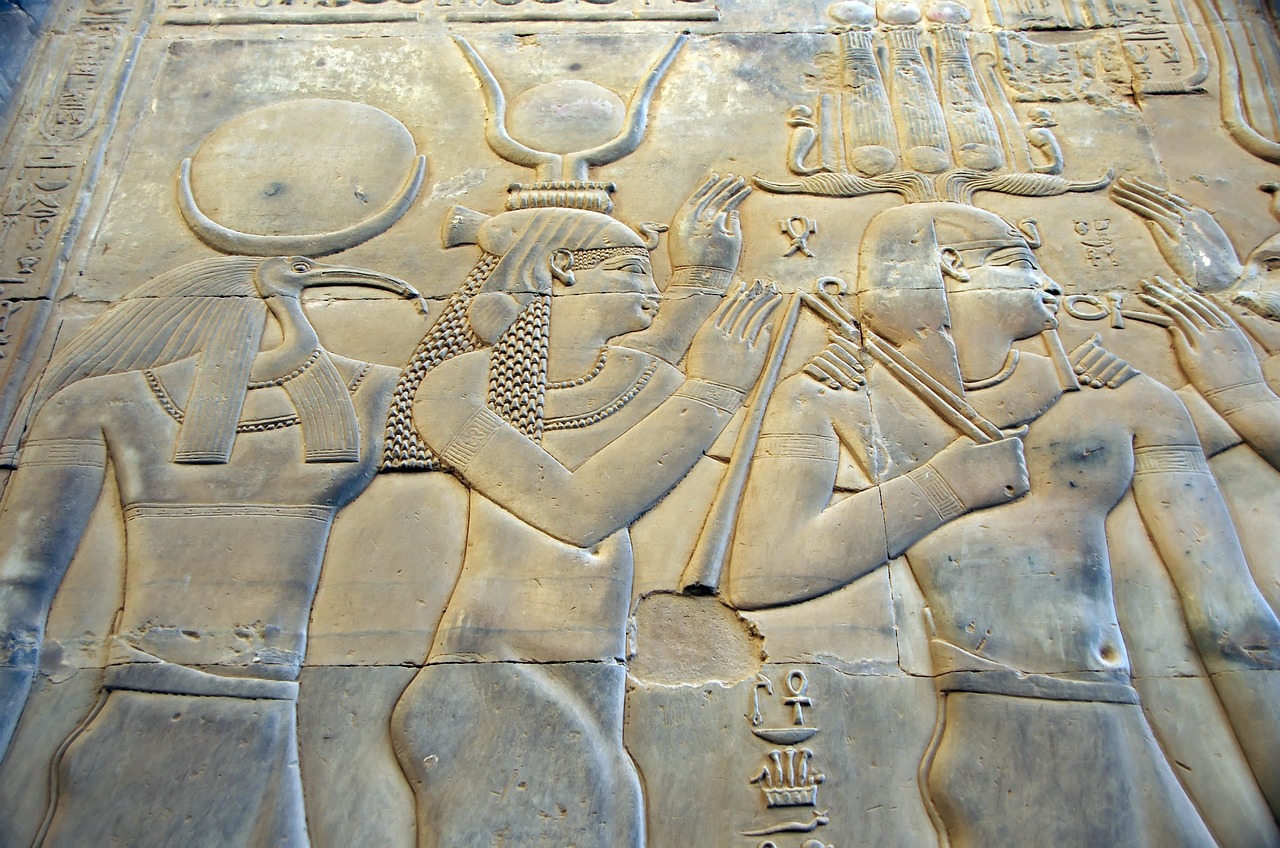
One of the most pivotal deities in the daily life of ancient Egyptians was Thoth. The civilization was characterized by its quest for survival in a challenging landscape and the preparation for an afterlife. Thoth’s significance extended beyond being the protector of scribes and the initiator of hieroglyphic writing; he was also a vital figure…
-
Tefnut, an ancient Egyptian goddess, embodies the principles of moisture, rain, and water. She is a pivotal member of the Heliopolitan Ennead, a collective of nine deities predominantly venerated in the city of Heliopolis. Visual representations typically show Tefnut as a woman adorned with a lioness head. Recognized among the primordial deities, she symbolizes moisture…
-
Tefnut, the ancient Egyptian goddess embodying moisture, rain, and water, is a pivotal figure in the Heliopolitan Ennead, a collection of nine deities worshipped predominantly in Heliopolis. She is typically represented as a woman with a lioness’s head, symbolizing her primordial essence connected to moisture and the elemental forces of creation. In the realm of…
-
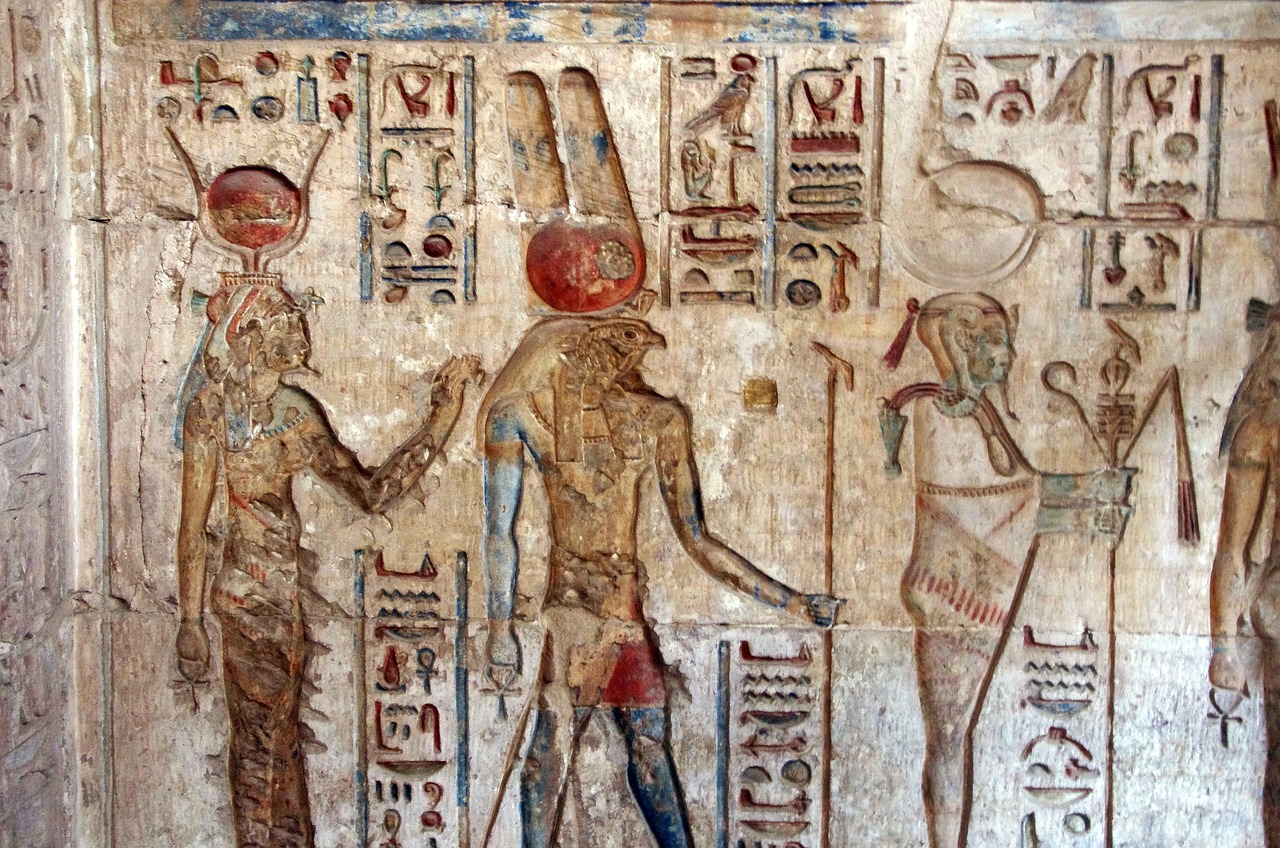
Isis, the revered deity of ancient Egypt, stands out remarkably among the pantheon for her vocal interactions with both gods and mortals. Her widespread influence and character evolved notably post-Alexander the Great’s conquest of Egypt in 332 BC, intertwining her narrative with Greek culture. This essay delves into Isis’s oral engagements recorded in pharaonic texts…
-

Ancient Egyptian Religion: A Complex Integration of Beliefs and Practices Ancient Egyptian religion encapsulates the indigenous beliefs that thrived from the predynastic period (circa 4th millennium BCE) until the dissolution of traditional culture in the early centuries CE. This framework is crucial to understanding the historical evolution of Egypt and its cultural nuances. While many…
-
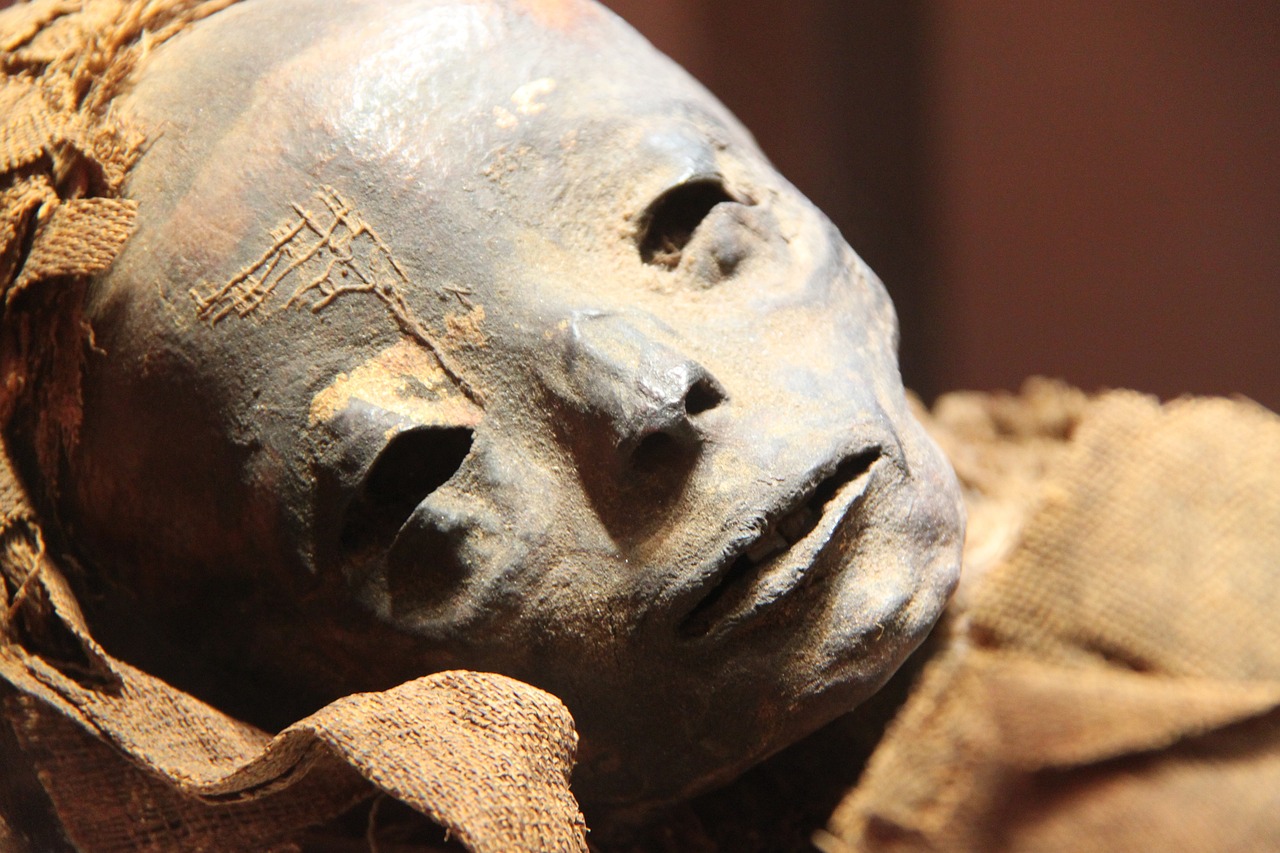
As the embodiment of truth, justice, and cosmic equilibrium in ancient Egyptian mythology, Ma’at held a significant position within the belief systems of her time. Her essence was crucial for instilling order and stability across the society. This piece delves into her myths, associated symbols, and her far-reaching powers. Understanding Ma’at in Egyptian Mythology Ma’at,…
-
The ancient Egyptian deity Ammit, known alternatively as Ammut or Ahemait, embodied the concept of divine punishment. Positioned next to the scales of Ma’at, she was prepared to consume the souls of individuals judged unworthy. Those who failed the afterlife’s examination faced the dreaded second death, dooming them to wander aimlessly for eternity instead of…
-
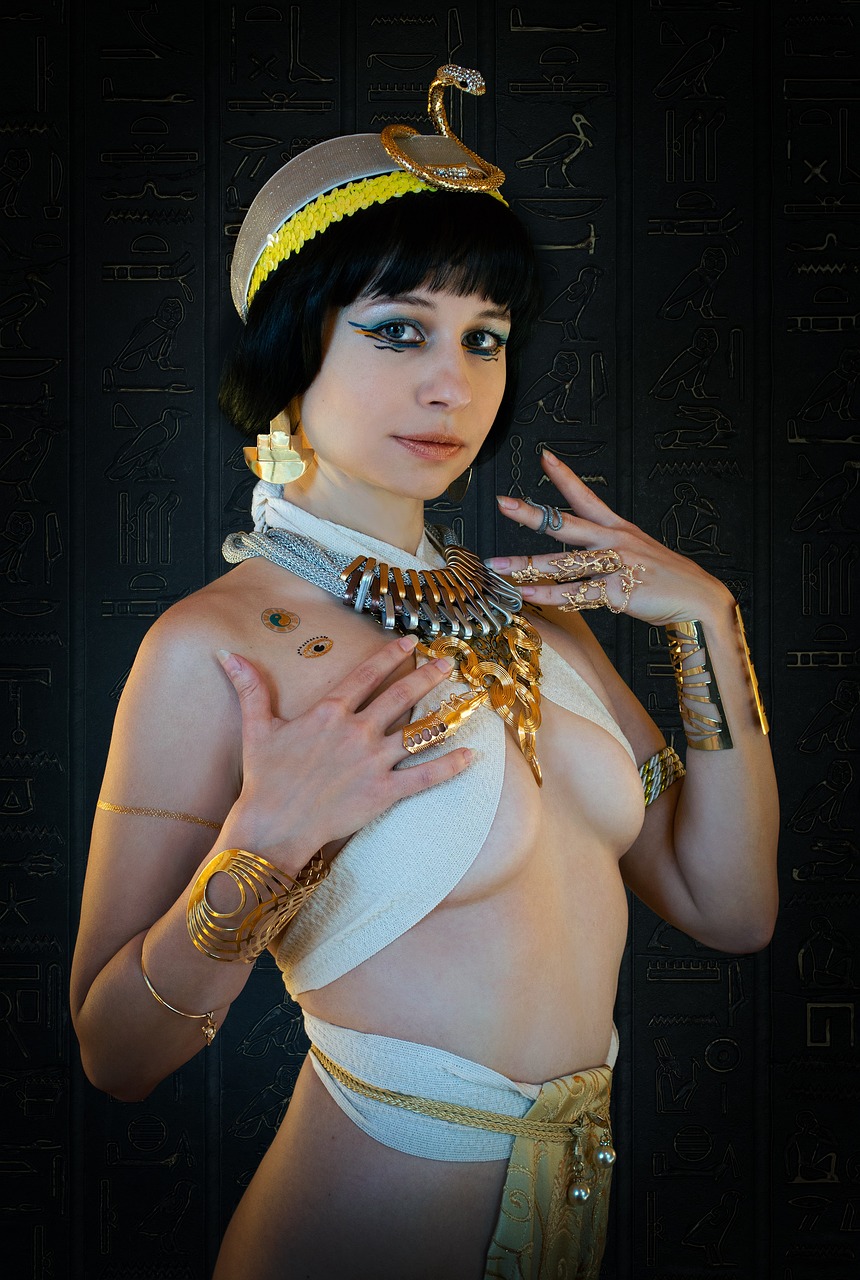
Ancient Egyptian religion represents a rich tapestry of indigenous beliefs that flourished from the predynastic era (4th millennium BCE) until the gradual decline of traditional practices in the early centuries CE. The intricacies of this faith system are woven deeply into the fabric of Egyptian society, especially from around 3000 BCE onward. It’s essential to…
-
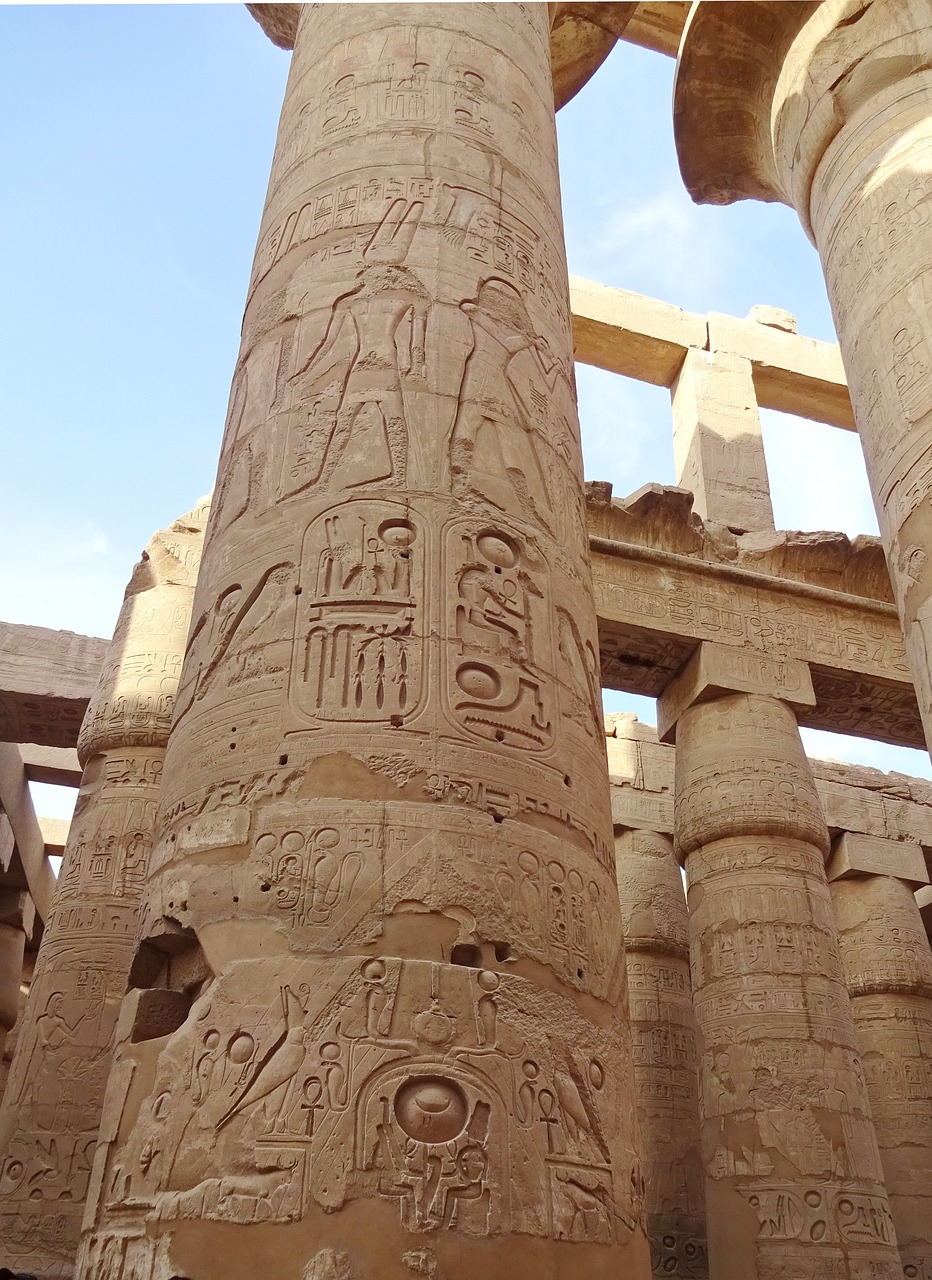
The Karnak Temple complex, dedicated to the worship of the god Amun-Re, served as the central religious hub in Thebes during Egypt’s New Kingdom period, spanning from 1550 to 1070 B.C.E. This site remains one of the largest religious structures worldwide. Rather than being a singular temple, Karnak encompasses several precincts, including those for the…


